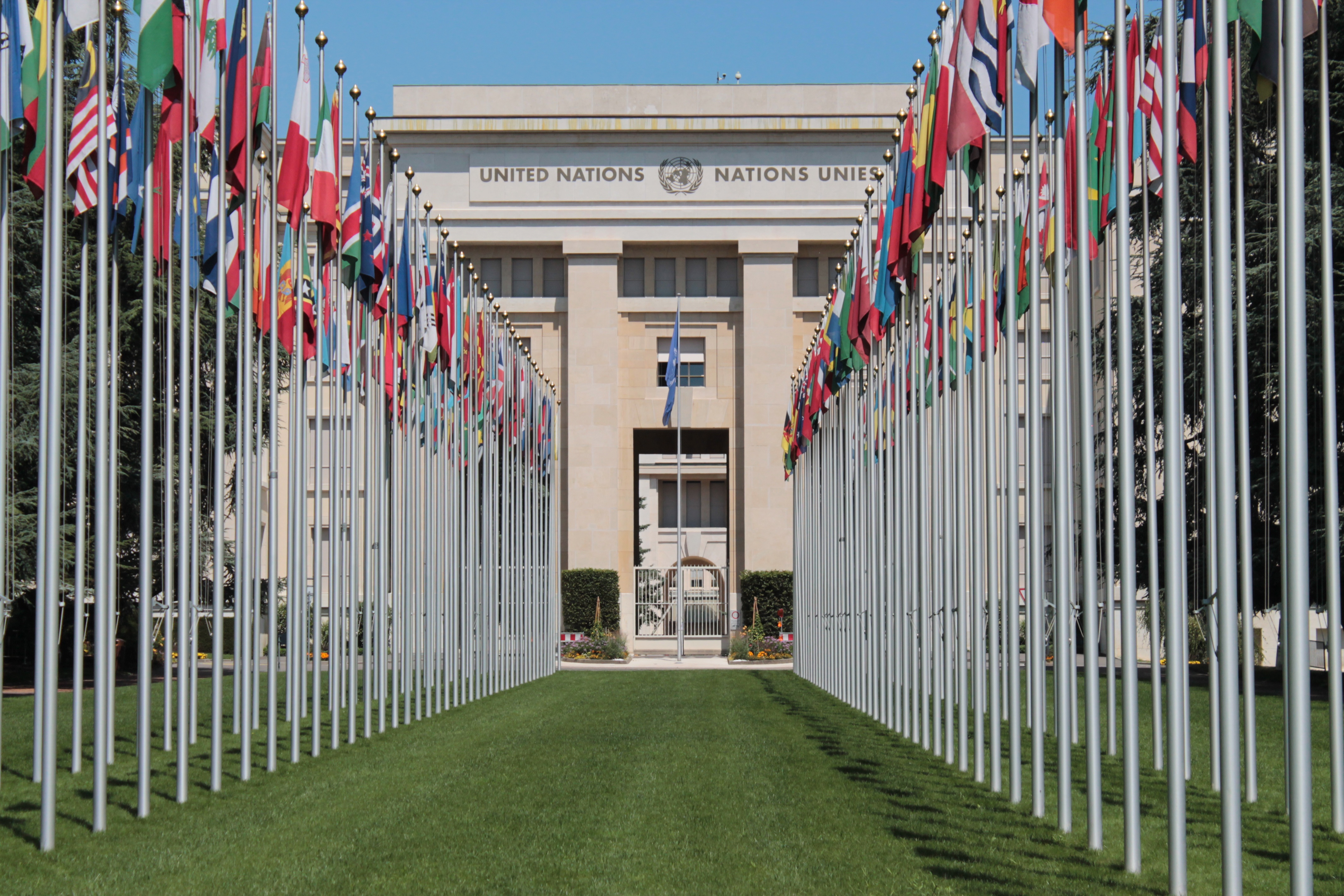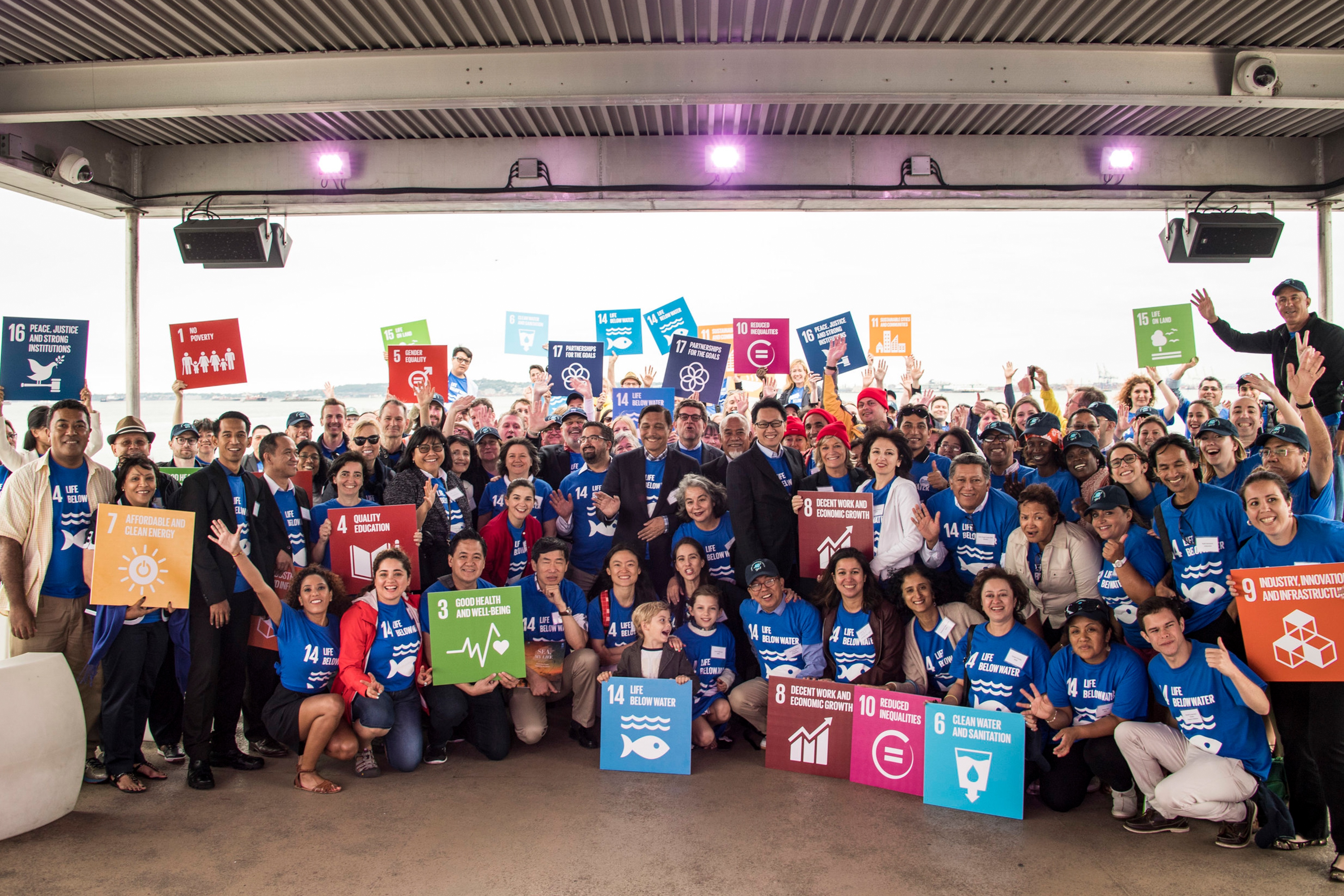The United Nations (UN) was established in 1945 at the conclusion of World War II and was divided into six principal organs, one of which was the United Nations Economic and Social Council (ECOSOC), from which the UNDP can trace its roots. As the victorious Allies sought to mend the devastation caused by the war, ECOSOC was given the responsibility of coordinating economic and development assistance to developing nations.
Beginning in 1949, the UN’s development assistance efforts were handled by a department known as the Expanded Programme of Technical Assistance (EPTA), which provided guidance and coordination, but not funding, to assist countries on their development path. Concomitantly, some UN member nations felt it was important to set up a fund to help finance economic growth, which led to the creation of the Special Fund, consisting exclusively of voluntary contributions from some member states.
In the first two decades of the existence of the UN, the global economic assistance and funding for the developing world were mainly coordinated and managed by the World Bank, which was firmly under the control of the U.S. and it’s victorious Allies in the WWII, rather than being organized on a more equitable basis by all UN member nations. However, in 1966, the General Assembly of the UN established the United Nations Development Programme as we know it today, by merging the EPTA, and the United Nations Special Fund, after a consensus was reached among the UN member states, regarding the use of funding by the newly created agency.
What Is the UNDP?
The United Nations Development Programme (UNDP), also known by its French acronym PNUD (Programme des Nations unies pour le développement) is the largest agency of the United Nations focused on economic growth, human development, and the reduction of poverty.
The UNDP is headed by a person known as the Administrator who oversees an Executive Board consisting of 36 representatives from member nations, one-third of which are from developed countries and the rest from developing nations.
In addition to its global functions, the UNDP also operates six Global Policy Centers: in Seoul, South Korea (focused on building partnerships between South Korea and the developing world after South Korea transitioned from a donor-recipient to a donor nation), Nairobi, Kenya (focused on combating desertification and environmental sustainability), Singapore (focused on technology and innovation), Istanbul, Turkey (focused on public-private partnerships), Oslo, Norway (focused on governance issues), and the second one in Singapore (focused on public service excellence).
What Does the UNDP Do?
Despite having a modest annual budget of approximately $4 to $6 billion, the UNDP operates in 170 countries and territories.
The UNDP works with member nations, multilateral development banks, and private companies to develop strategies to reduce poverty and encourage economic growth, but the lion’s share of its budget goes to security system management and reform, which accounts for nearly 50% of its annual expenditures.
Other areas of strategic interest for the UNDP include reducing the spread of sexually transmitted diseases (with a primary focus on AIDS), improving public sector policies, encouraging the decentralization of power in countries (and supporting local governments), and electoral reform.
The UNDP also deploys Goodwill Ambassadors, usually celebrity volunteers, but sometimes famous animals, to help spread awareness about the UNDP’s activities and promote the United Nations 2030 Agenda. The UNDP also helps spread its message through its online retail shop.
Who Oversees the UNDP?
The UNDP is part of the United Nations, an intergovernmental organization overlooked by its 193 member nations. The UNDP is funded by voluntary contributions from member nations, multilateral organizations, and the private sector.

What Does UNDP Stand For?
UNDP is an acronym for the United Nations Development Programme. As with all UN agencies, offices, and departments, English-language words follow British spelling guidelines.
What Are the UNDP’s Goals?
In 1997, UN Secretary-General Kofi Annan created the United Nations Development Group (UNDG) to provide better coordination across all UN agencies at the country level. Today, 36 different UN agencies and departments are members of the UNDG, but the UNDP is considered to be one of the four “founding members” of the UNDG and thus holds a permanent position on its executive committee.
In 2018, the UNDG was renamed the UNSDG (United Nations Sustainable Development Group) in recognition of the importance of the United Nations 2030 Agenda and its 17 Sustainable Development Goals (SDGs) as the core mission of the United Nations.

The SDGs were first established in 2015 and help guide the United Nations and member nations towards achieving a more just, peaceful, and resilient planet. As an executive member of the UNDG (now UNSDG), the UNDP played a pivotal role in the creation of the SDGs.
Today, the UNDP helps coordinate the achievement of these SDGs by providing advice, education, and technical assistance to other UN agencies, member nations, NGOs, local governments, and private businesses. All current UNDP programs are now aligned to help the furtherance of achieving the United Nations 2030 agenda.

